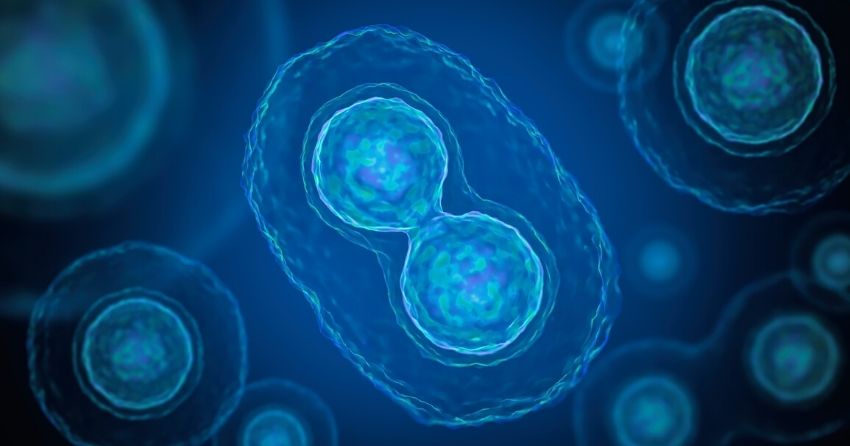Study Shows Marked Slowdown of Cell Division in Old Age

-
Cancer incidence peaks around age 80 then declines, which may be due to a slowdown of cell division in old age.
-
Reduced cellular replication means fewer cancerous mutations will form and spread.
-
This study found that cell division rates slowed by 40% in colon tissue samples from people in their 80s compared with those in their 20s.
The following commentary was posted by Reason on FightAging.org:
We humans exhibit a peak cancer incidence in old age, around the early 80s, after which cancer rates decline from that peak. If aging is the continual accumulation of damage, then why do we observe this pattern of cancer incidence with age rather than a continual increase over time? It does not occur in mice, after all. Researchers here provide evidence for the explanation to involve reduced rates of cell division in later life, which may be one of many evolutionary adaptations connected to the unusual longevity of our species when compared with other similarly sized mammals, and particularly other primates. If there is less cellular replication, then potentially cancerous mutations will occur less frequently and spread less rapidly.
The divergence of human longevity from other primates is thought to have its origin in our culture and intelligence. Once it became possible for older members of society to contribute meaningfully to the fitness of their descendants, then there is selection pressure for longer life spans; this is expressed in the the Grandmother Hypothesis. Since human culture and longevity are comparatively recent developments in evolutionary terms, we might expect to find comparatively simple aging-related differences between humans and other mammals in the behavior of cells and tissues in the aged environment. Changes in stem cell behavior, or changes in cell replication rates in a damaged environment, for example: alterations that reduce the risk of death by cancer at the cost of a drawn out decline into loss of function.
This article was published on Johns Hopkins Medicine Newsroom:
In a novel study comparing healthy cells from people in their 20s with cells from people in their 80s, researchers say they have documented that cell division rates appear to consistently and markedly slow down in humans at older ages. The researchers say the findings may help explain why cancer - long considered a disease of aging, with incidence highest among people over age 65 - has been found to decelerate in occurrence at the extreme end of human life. The findings, they say, also provide clues about cell biology that might eventually lead to a better understanding of cancer.
Cancer is spurred by an accumulation of genetic mutations caused by mistakes cells make when copying DNA during cell division. Research in the last several decades assumed that such mutations accumulate over time at a steady rate. However, when researchers reanalyzed old data in dozens of published papers, they found that mutations accumulate more slowly in old age. That analysis led researchers to suspect that cell division rates slow down markedly in old age, giving cells fewer chances to accumulate DNA mistakes.
To test this hypothesis, the team analyzed cell replication rates in samples of various healthy tissues collected during biopsies and other medical procedures from more than 300 patients in their 20s and in their 80s. Their findings showed that cell division rates slowed by about 40% in colon tissue samples collected from patients in their 80s compared with those in their 20s. Similarly, in samples of esophageal tissue, the division rate slowed by about 25% in the elderly compared with the younger patients. In the duodenum, at the beginning of the small intestine, the rate slowed by 26% in the elderly, and in posterior ethmoid sinonasal tissue, found near the nose, the rate slowed by 83% in the elderly.
When researchers performed a similar analysis of cell replication using tissue from young and old lab mice, they found no significant differences in the division rate - a considerable distinction between mice and humans that could make it more difficult to use aging mouse data as a proxy for aging humans.
The study was published in Proceedings of the National Academy of Sciences on Sept. 23, 2019.





